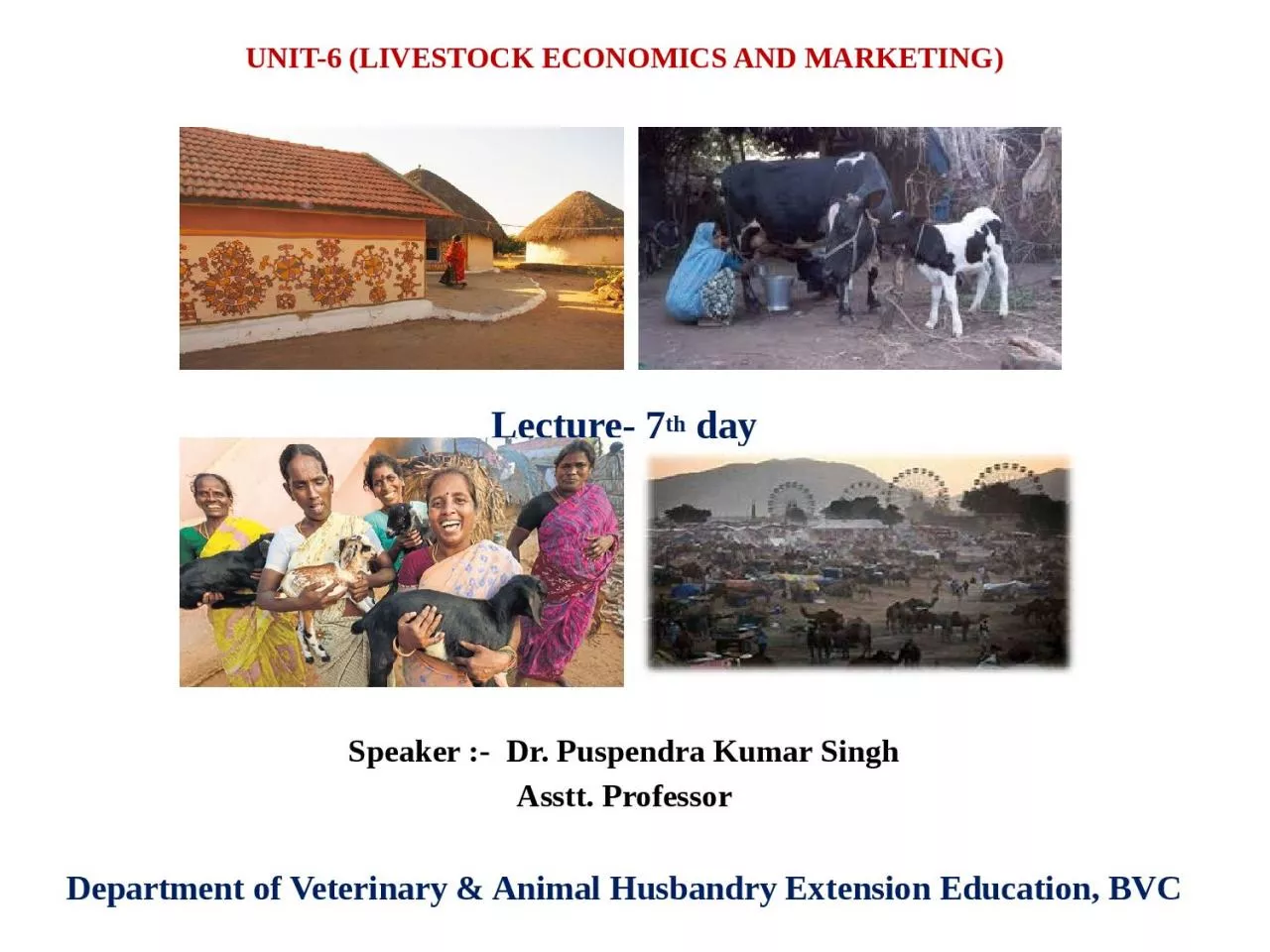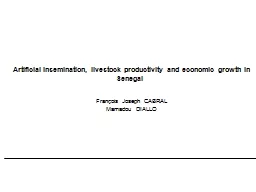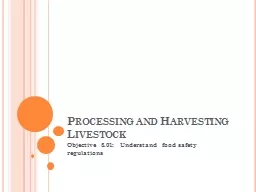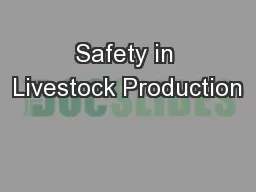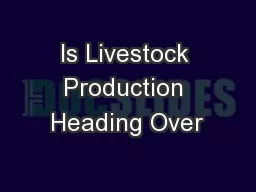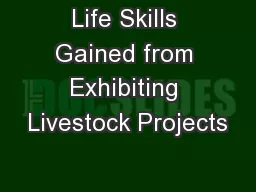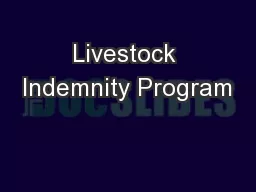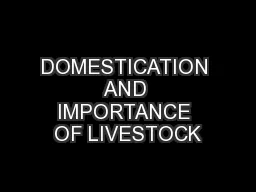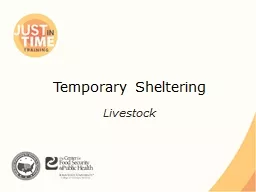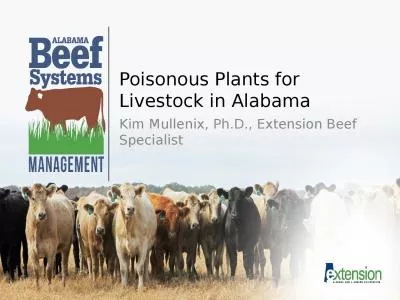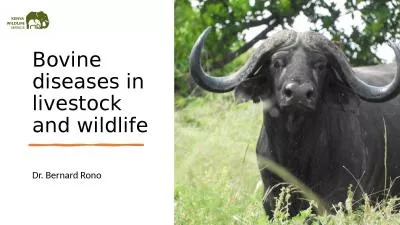PPT-UNIT-6 (LIVESTOCK ECONOMICS AND MARKETING)
Author : Thunderbolt | Published Date : 2022-07-27
Lecture 7 th day Speaker Dr Puspendra Kumar Singh Asstt Professor Department of Veterinary amp Animal Husbandry Extension Education BVC Topics covered Market
Presentation Embed Code
Download Presentation
Download Presentation The PPT/PDF document "UNIT-6 (LIVESTOCK ECONOMICS AND MARKETIN..." is the property of its rightful owner. Permission is granted to download and print the materials on this website for personal, non-commercial use only, and to display it on your personal computer provided you do not modify the materials and that you retain all copyright notices contained in the materials. By downloading content from our website, you accept the terms of this agreement.
UNIT-6 (LIVESTOCK ECONOMICS AND MARKETING): Transcript
Download Rules Of Document
"UNIT-6 (LIVESTOCK ECONOMICS AND MARKETING)"The content belongs to its owner. You may download and print it for personal use, without modification, and keep all copyright notices. By downloading, you agree to these terms.
Related Documents

